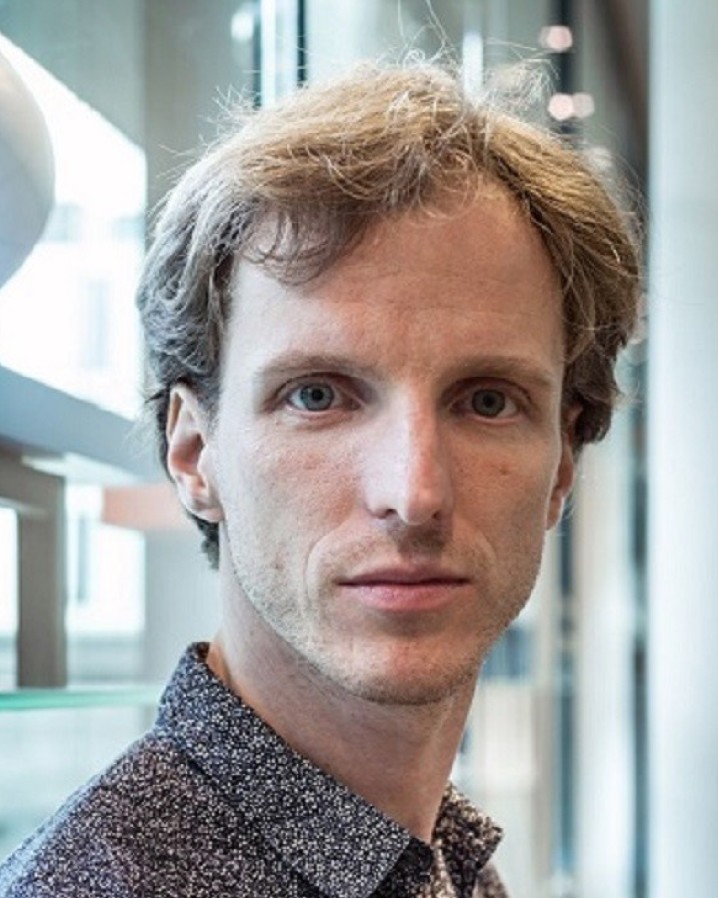
Deformation theory is the study of infinitesimal variation of algebraic and geometric structures. This has a wide range of applications in geometry, algebra, and number theory. For example, it provides the tools to answer questions such as:
– can a given algebraic variety be realised as a fiber of a family of varieties, where other fibers have better properties?
– can a Galois representation with coefficients modulo \ell be lifted to a representation with \ell-adic coefficients satisfying certain properties?
– is the moduli space of vector bundles on a variety smooth at a given point?
In this lecture series we will give a survey of some of the central results and techniques in deformation theory. Starting with the classical theory, developed in the late 1960s by Grothendieck, Schlessinger, and Illusie, and building towards the powerful ‘derived’ version of deformation theory pioneered by Pridham and Lurie in the 2000s. One of the aims is to show that these ‘derived’ techniques can be useful in studying more classical questions in number theory and algebraic geometry.
Prerequisites. This should be of interest to PhD students in both algebraic geometry and (algebraic) number theory. Knowledge of schemes and cohomology of coherent sheaves (at the level of Hartshorne II and III) is required. For the second half of the course, some familiarity with derived categories and algebraic topology is recommended. Dion Leijnse and Wouter Rienks will give supporting lectures on the algebraic topology background in the Imperial Junior Geometry Seminar.
Locations:
Thurs 5th May, 10-12, LT 144
Thurs 12th May, 10-12, LT 340
Thurs 19th May, 10-12, LT 340